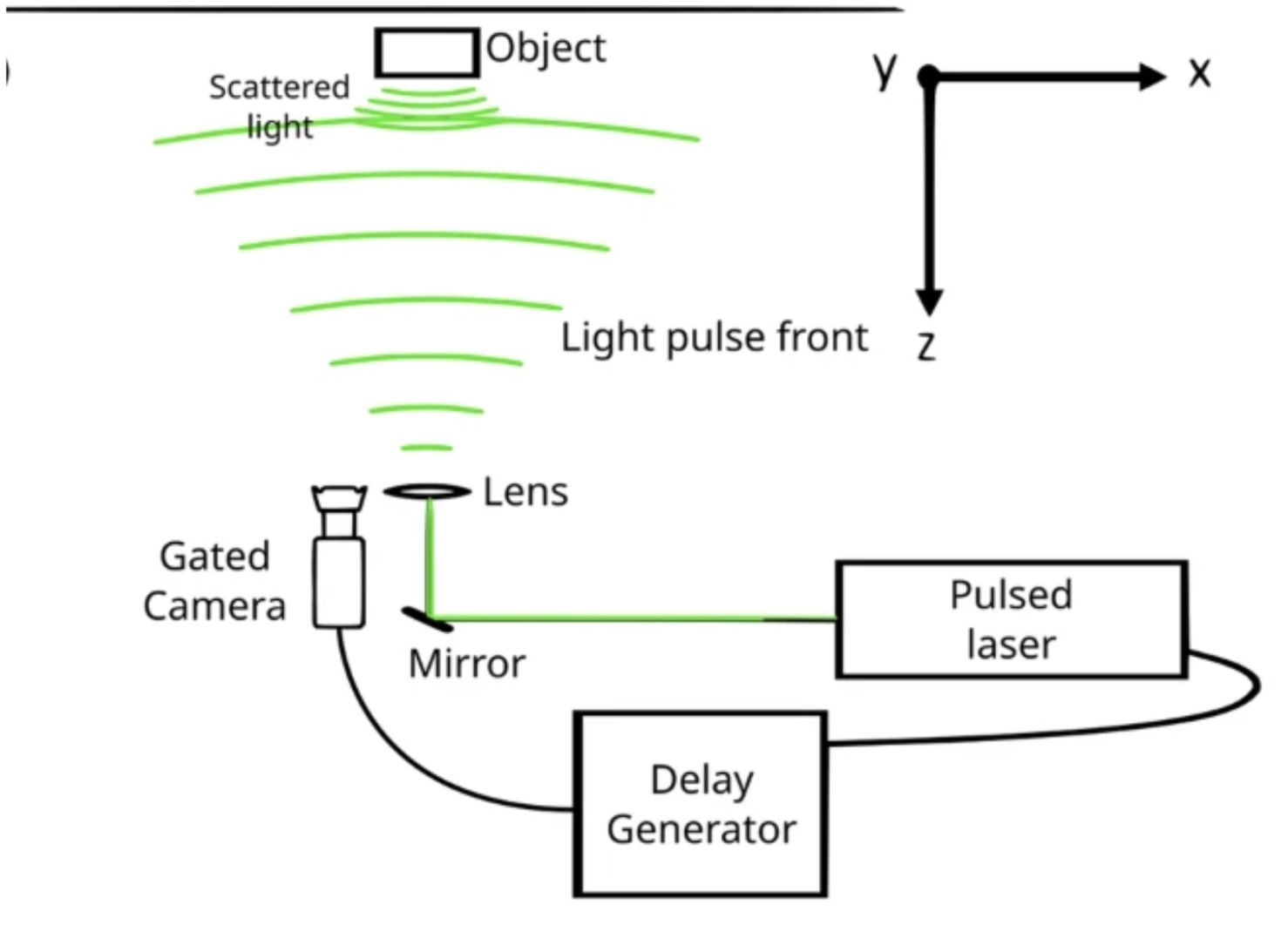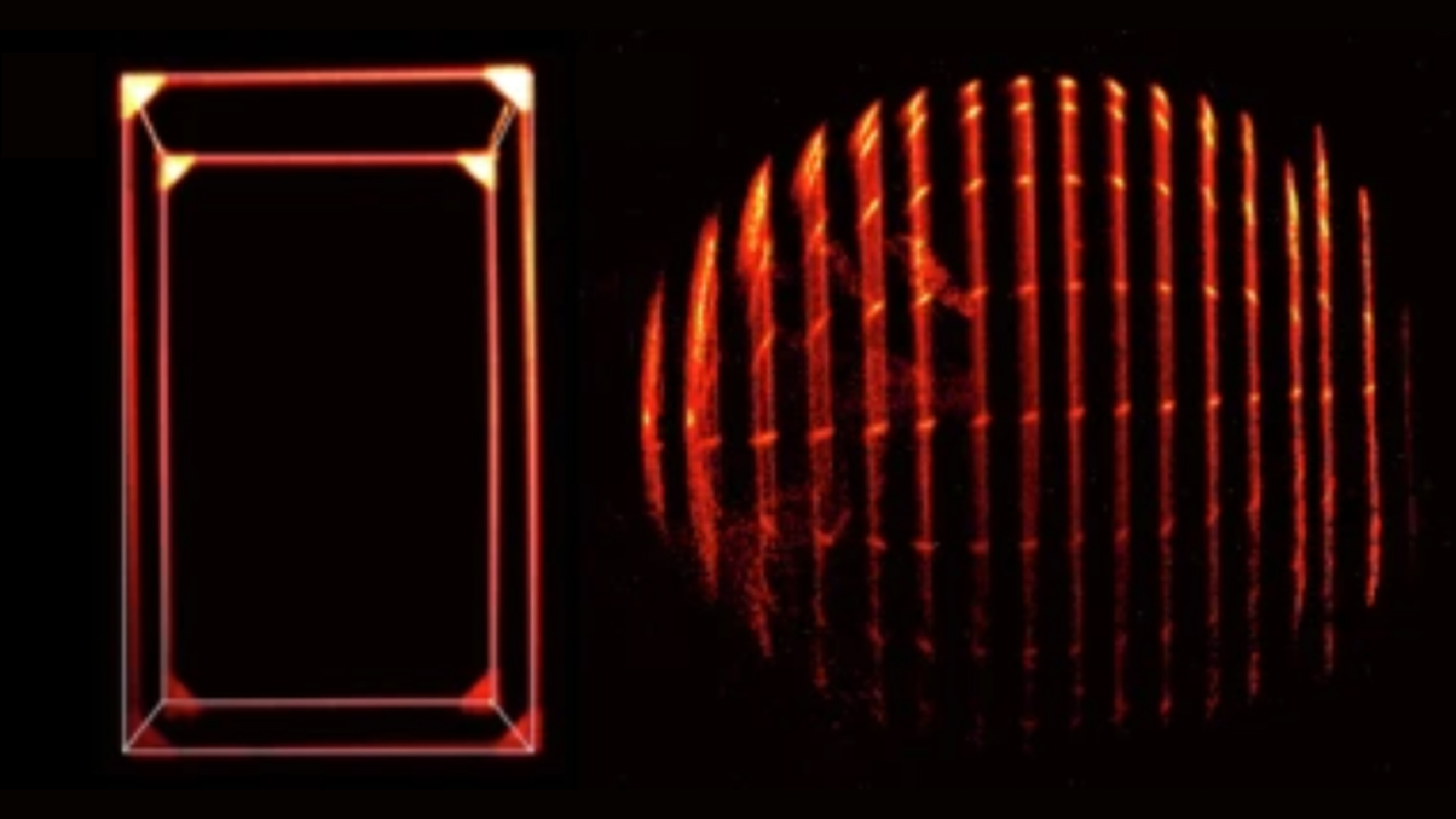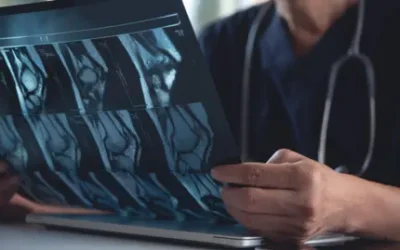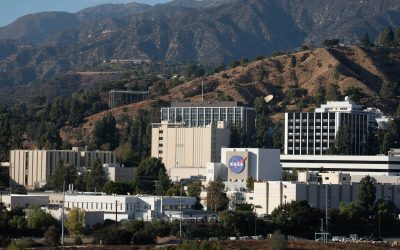Utilizing ultra-fast laser technology and sophisticated imaging cameras, scientists have successfully engineered an optical illusion that appears to contravene Einstein’s theory of special relativity.
A key prediction of special relativity is that objects moving at high speeds will appear compressed along their direction of travel. This effect, known as Lorentz contraction, has been indirectly corroborated by experiments conducted in particle accelerators.
In 1959, a significant discovery by mathematician Roger Penrose and physicist James Terrell overturned assumptions about visual perception. They revealed that a camera observing an object in motion would not actually capture a squashed image. Instead, the varying travel times for light emanating from different parts of the object would cause it to appear rotated.
In a pioneering development, scientists have successfully replicated the Terrell-Penrose effect—a well-known visual illusion—within a controlled laboratory environment. While previous theoretical models have explored this phenomenon, this marks the first time it has been achieved in a practical lab setting. The research team detailed their findings in the journal *Communications Physics*.
Dominik Hornof, a quantum physicist at the Vienna University of Technology and the study’s lead author, lauded the inherent simplicity of their method. He noted that a well-crafted concept allowed for the reproduction of relativistic effects in a small laboratory setting, thereby offering an intuitive and tangible demonstration of scientific predictions made over a century ago.
Physicists have experimentally confirmed the Terrell-Penrose effect, demonstrating the apparent rotation of objects traveling at relativistic speeds. In a recent study, researchers employed ultra-fast laser pulses and specialized gated cameras to capture precise snapshots of a cube and a sphere “moving” at velocities approaching the speed of light. The resulting images distinctly showed these objects as rotated, providing direct validation for the long-predicted theoretical phenomenon.

The research encountered significant challenges, primarily the current impossibility of accelerating objects to speeds nearing that of light. Hornof explained that, according to Einstein’s theory, an object’s effective mass dramatically increases as its velocity approaches light speed, leading to an exponential surge in the energy required. Consequently, generating the immense power needed to propel a macroscopic object, such as a cube, to such velocities remains far beyond current capabilities. This energy barrier is evident in the need for enormous particle accelerators, even to bring tiny electrons close to light speed.
Researchers developed an ingenious technique to replicate a specific visual phenomenon. Hornof explained their objective was to “mimic the visual effect” directly. Their method involved a three-foot (one-meter) cube, which was then targeted with ultra-short laser pulses. Each pulse was incredibly brief, lasting only 300 picoseconds—roughly one-tenth of a billionth of a second. The reflected light from these pulses was captured by a specialized gated camera, precisely timed to open only for that fleeting instant, producing a thin “slice” of data with each capture.
Following each recorded slice, the cube’s position was digitally advanced by approximately 1.9 inches (4.8 cm). This specific displacement mirrored the distance the object would have covered if traveling at 80% the speed of light during the interval between pulses. Scientists subsequently compiled these sequential slices to create a comprehensive, dynamic snapshot of the cube in motion.
Hornof observed that the composite “slices” of an object create a potent illusion of extraordinary velocity, despite the object itself remaining entirely stationary. He ultimately attributed this visual phenomenon to nothing more than fundamental geometry.
Researchers then replicated the experiment with a sphere, incrementally shifting it by 2.4 inches (6 cm) per step to simulate movement at 99.9% the speed of light. When these sequential ‘slices’ were digitally reassembled, the visual outcomes were striking: the cube appeared to have rotated, and the sphere presented an unusual effect, seemingly allowing observers to peer around its normally hidden sides.
The perceived rotation, Hornof explained, is not a physical movement but an optical illusion. He clarified that the specific geometry of how light reaches our eyes simultaneously tricks our visual system.
The Terrell-Penrose effect aligns perfectly with Einstein’s theory of special relativity. While special relativity dictates that an object traveling at high speed physically contracts along its direction of motion, a camera’s lens does not record this shortening directly. Instead, a delay occurs in the light reaching the camera from the object’s rear compared to its front. This difference in light arrival times creates an optical distortion, causing the fast-moving object to appear rotated in the resulting photograph.
Hornof’s team was reportedly “surprised” by the remarkable elegance of their geometric calculations, with the subsequent visualization of these patterns within the images described as a particularly exciting discovery.







